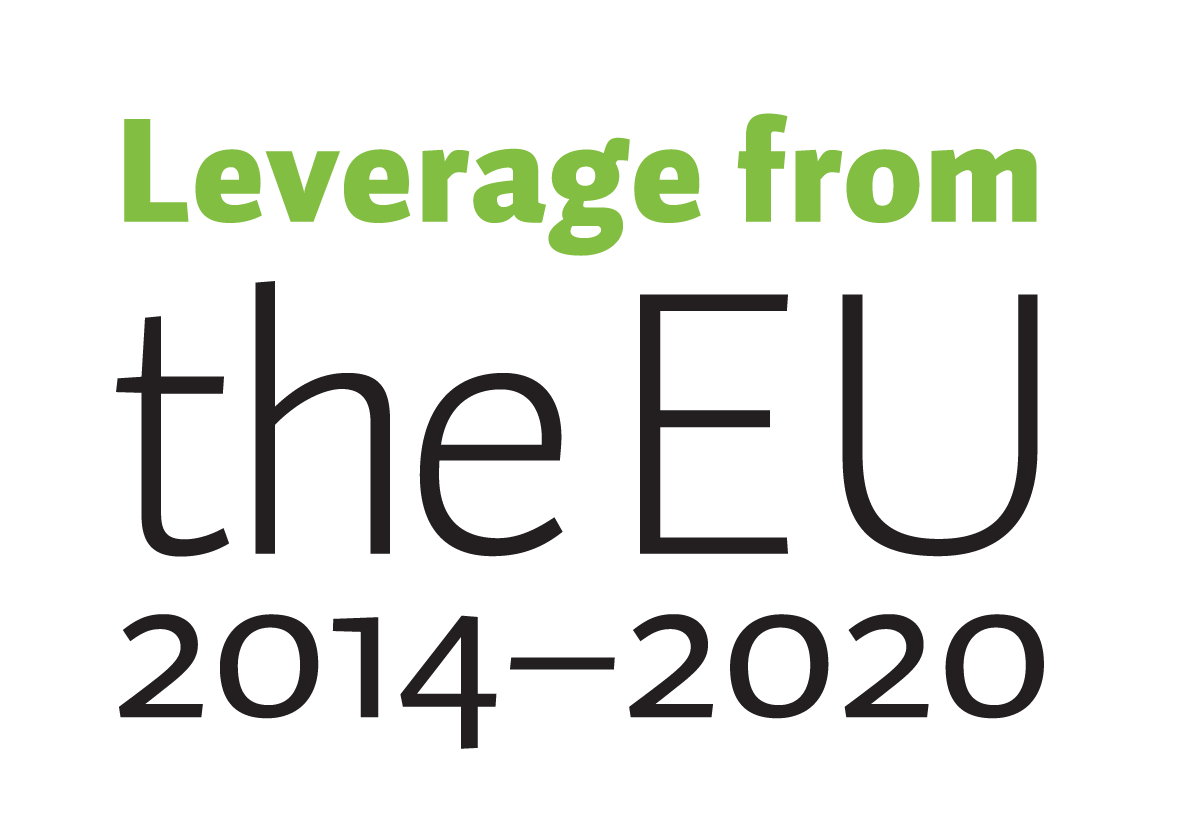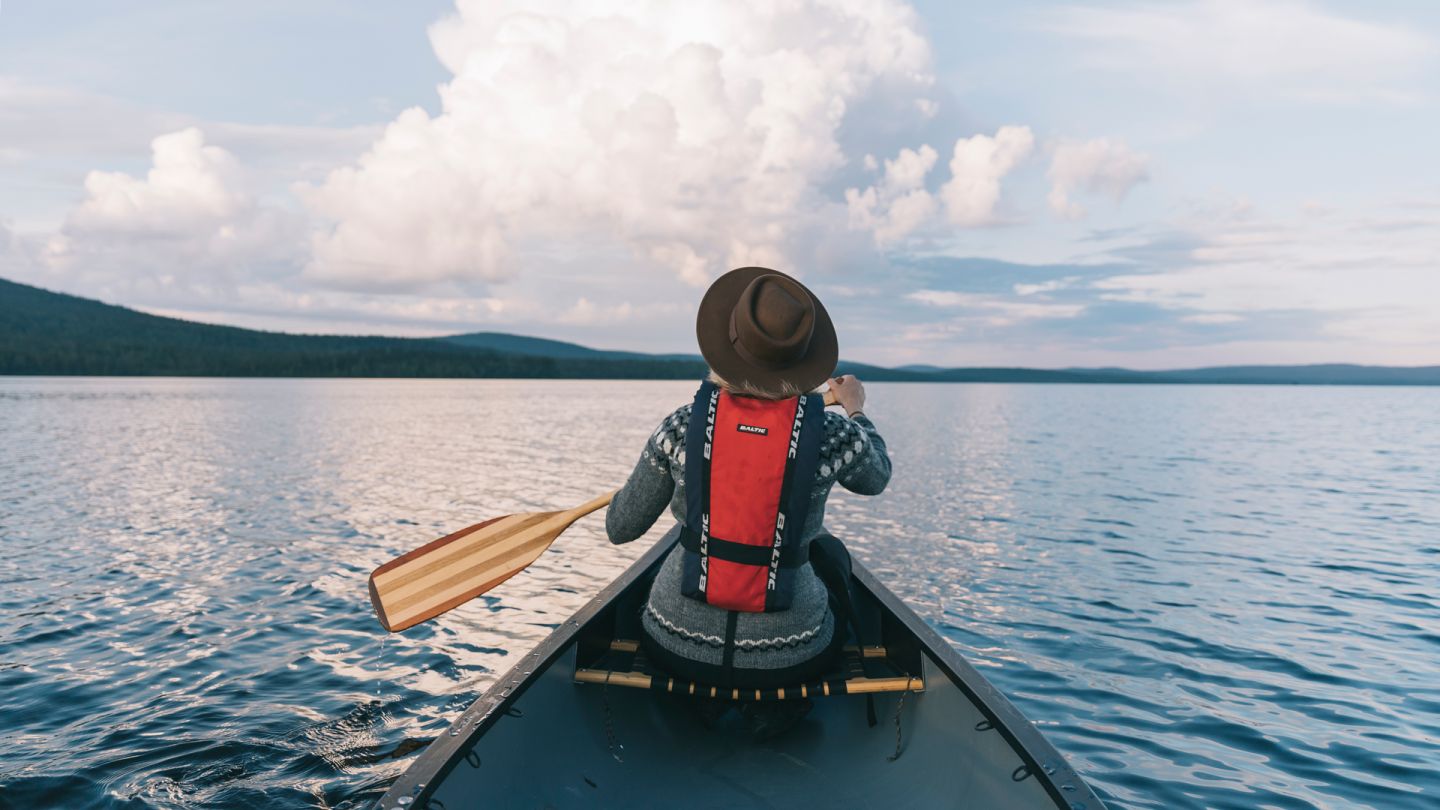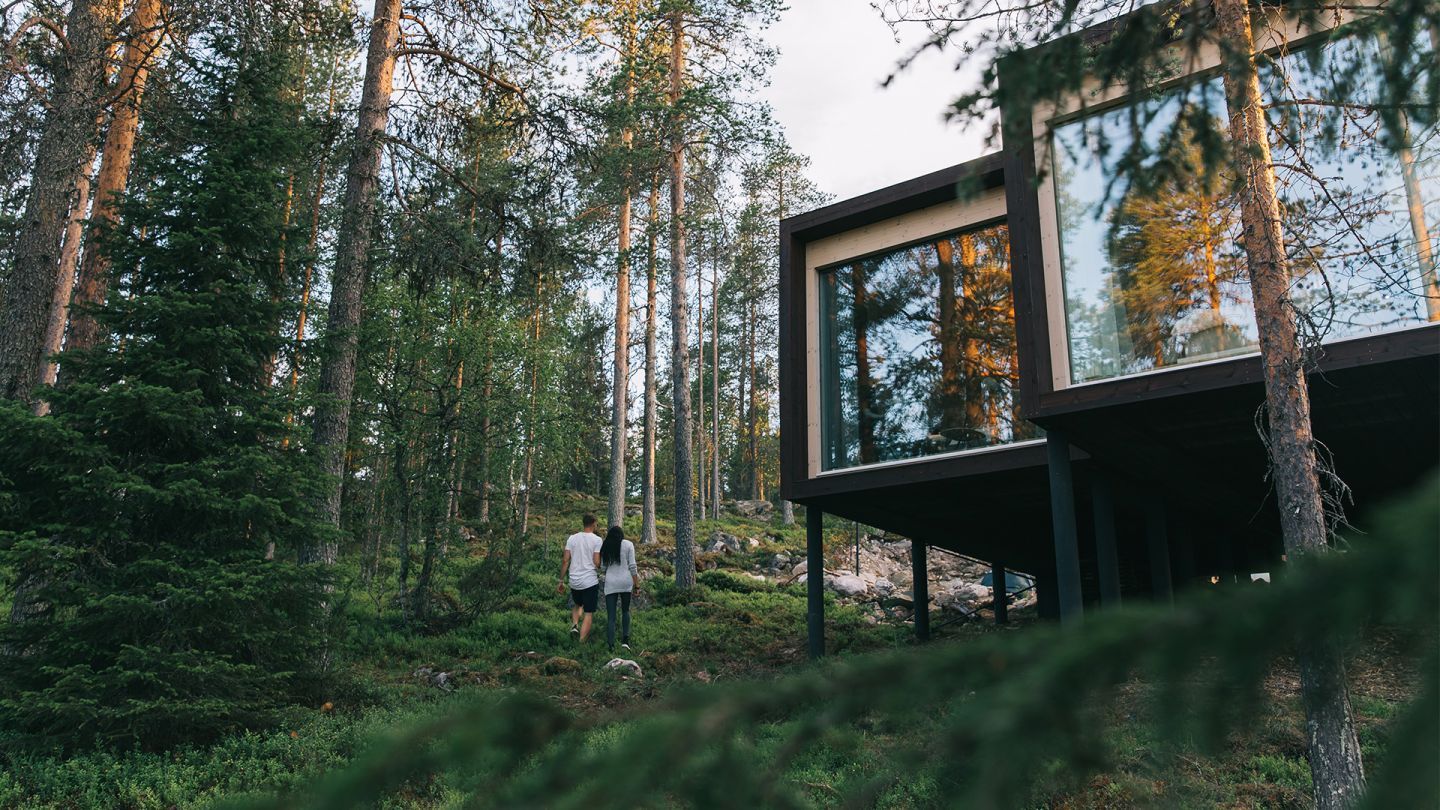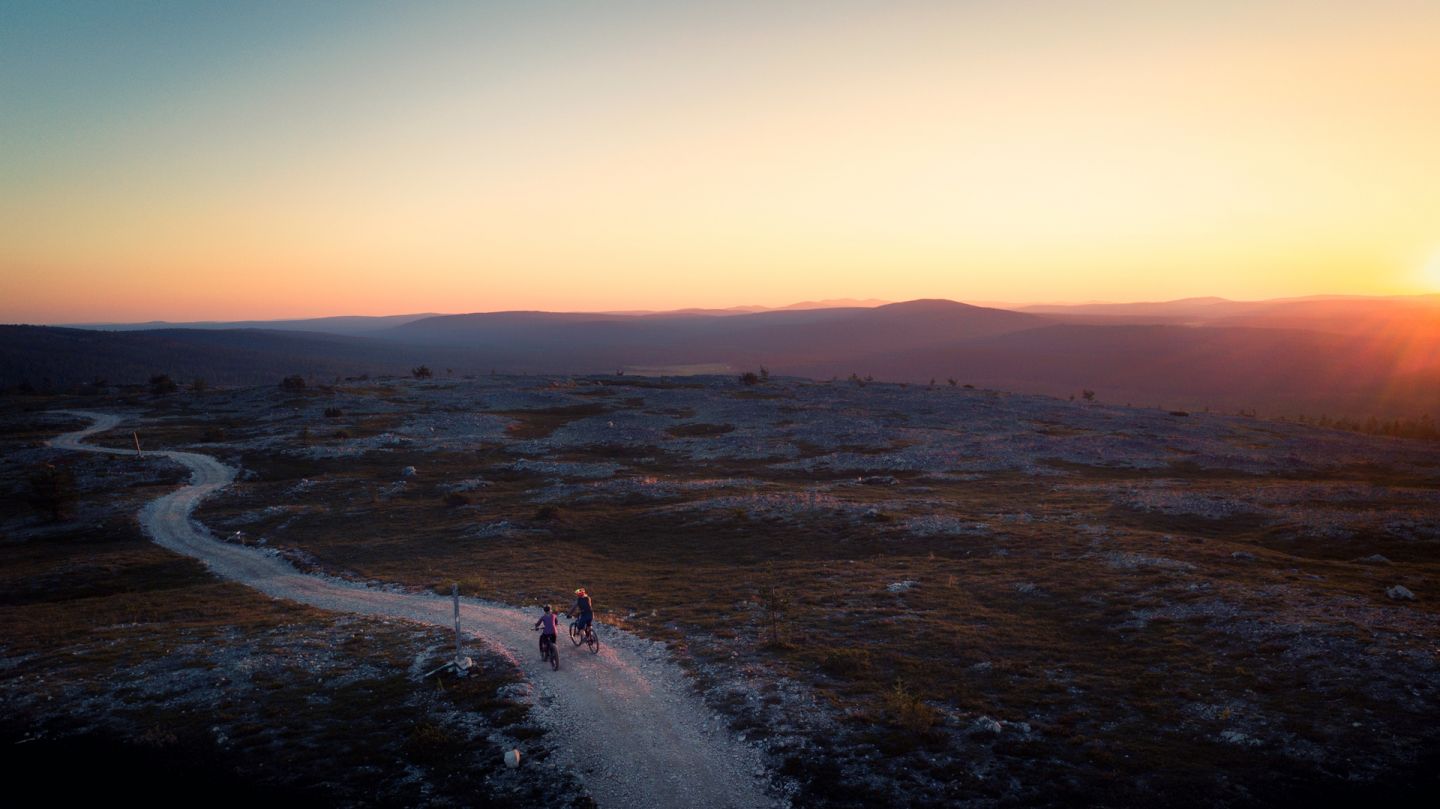Looking for information on how to reduce your footprint when traveling to Finnish Lapland? Check out our Guide for Responsible Tourism in Lapland.
The following guide will help you visit Lapland in a way that preserves the unique local nature and maintains a positive atmosphere between tourists and local population. Please enjoy your stay in Lapland in a safe and responsible manner. Thank you!
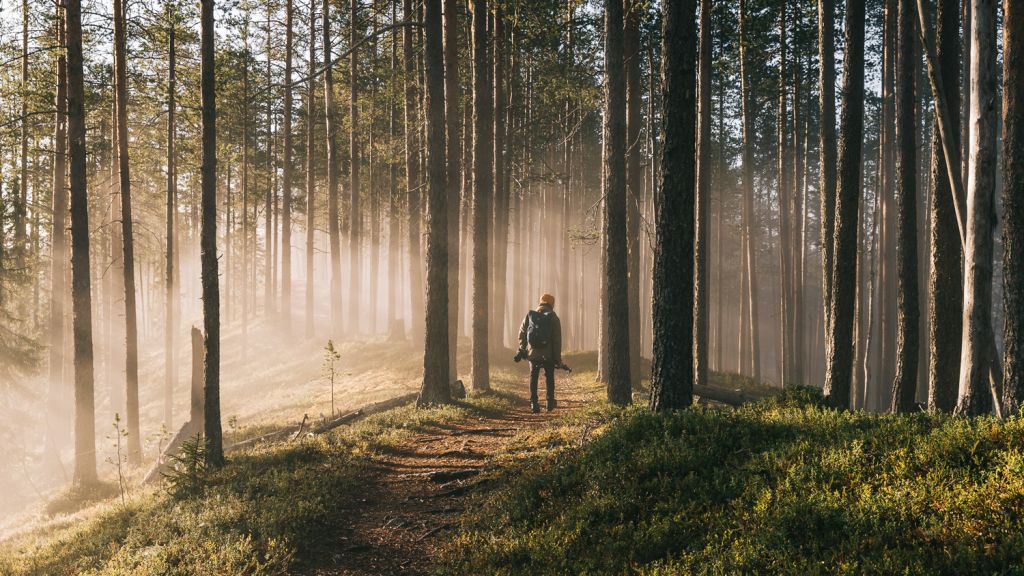
TRAVELING TO LAPLAND
When it comes to green travel, flying is just about at the bottom of the list. It’s simply the most carbon-heavy method of travel.
So every time you fly, be sure to purchase a carbon offset. These range from broad programs that have a variety of recipients and projects to location-specific projects, such as planting trees in deforested India. Carbon offsets are generally not expensive, especially compared to the cost of a flight. (Often as low as 1% of the cost of the flight.)
Flying directly to your destination (or as close as possible) is the next step. Lapland has 6 airports (as well as a few more nearby), and direct flights link these airports to cities and countries all over the world. An added bonus: every airport in Finland is carbon neutral! A direct flight to Lapland minimizes your carbon footprint, as well as maximizing the time you spend outside of an airport.
If flying directly to Lapland is not possible, consider taking the slow route. Both train and bus routes take between 8 and 12 hours, depending on season, traffic and other considerations. Ride the rails during the day and see for yourself the myriad cities, villages and landscapes Finland offers. Or rent a cabin for the night and arrive in Lapland rested, relaxed and ready for adventure.
Buses are another popular way of traveling between destinations in Lapland, and there are many charter and regular buses that connect Lapland from north to south, east to west.
If you plan on renting a car, electric vehicles are a great choice. In most major destinations in Lapland, you’ll find charging stations.
STAYING IN LAPLAND
This may sound like a marketing ploy, but you should stay in Lapland as long as possible. Day-trips and weekend breaks are not very green. Short visits mean flights are closer together, and in an effort to maximize your experiences, travel support services try to make your stay as convenient (and often disposable) as possible. While this lessens your stress factor, it can be very stressful for the environment. Consider staying a week or two (or even longer), to ensure that the impact of your stay is as small as possible.
Hotel operators around the world have realized that environmentalism is no mere fad, and that includes Lapland. There are a few certifications floating around for eco-friendly accommodation, including ECEAT , Green Key Finland and the Nordic Eco-label, but Finland’s own is Sustainable Travel Finland. Before booking a room, check to see if your hotel is doing all it can to be green.
In many if not most cases, hostels are more sustainable accommodation than hotels. Hostels are not so common in Lapland, but you can find one in many destinations.
EXPLORE THE NATURE BUT LEAVE NO TRACE
Have you ever seen photos or videos of modern-day Mt. Everest? It’s truly disheartening to see the line of hundreds of mountain climbers queuing up the mountain, their path lined with decades’ worth of garbage and abandoned gear. This is what happens when a nature location becomes popular, and there’s little-to-no thought given to the impact that dozens, hundred, or even thousands of visitors can have on the environment.
Help us keep the nature and villages of Lapland tidy. There are no trash cans in nature, so we ask you to take away what you brought with you.
Green travel preserves Lapland’s delicate nature. Lapland is Europe’s last—meaning only—wilderness, and like all wildernesses, it requires a delicate balance between the climate, the wildlife, the wild flora and humanity. And those living in Lapland generally have a respect for nature and the environment that helps keep it wild and clean. But not every tourism service is created equal, especially when it comes to their commitment to being as eco-friendly as possible. Convenience, time and cost are often the driving forces behind poor eco practices. Before booking adventures, make sure your service provider cares about the environment as much or even more than you do. Not only does this reinforce the desire for environmentally-friendly standards, it encourages those with laxer practices to get on board.
When exploring Lapland, walk, ride, climb and ski. Not only do you get to experience Lapland the same way most people have throughout history, but you’ll gain a real appreciation for the size, the quality and the beauty of Lapland. Everyone’s Right gives you the opportunity to discover more Lapland than you ever could in a few days or weeks.
- Hiking under the Midnight Sun is simply the best way to experience a Lapland summer.
- Those looking for more speed can hop on a bike. (Don’t forget your helmet! Your brains are important to us.)
- Cross-country skiing is as Finnish as the sauna, the swan or drinking beer alone in your underwear.
But remember: stay on marked trails and using the existing rest areas. Always choose the correct trail for your activity: there are separate tracks for snowmobiles, skiing, snowshoeing, walking and cycling.
Always respect the nature: do not cut down or damage trees. We also ask you to leave moss and lichen untouched, and not to build any rock piles.
Campfires are only permitted at official campfire sites. Do not light a fire if there is a forest or grass fire warning in force.
Animals are part of the magic of the Lapland nature. You can respect our animals by not disturbing or damaging birds’ nests or young birds, and by not approaching the easily spooked reindeer. Always maintain an adequate distance to the animals you are observing or photographing.
Keep your dog on a leash, as dogs may disturb other animals or your fellow visitors. Moreover, it is forbidden in many areas to have a dog off the leash, particularly during breeding and rearing season.
In Finland, Everyone’s Right allows only angling with a line and rod. Please remember to obtain appropriate permits for fishing and hunting.
CHOOSE LOCAL PRODUCTS AND SERVICES
Lapland is filled with authentic and clean flavors! Favor local foods and taste the delicacies of Lapland cuisine.
Choose Finnish or local Lapland products. By buying souvenirs made in Lapland, you support the local artisans and culture. Products with the Sámi Duodji certificate are guaranteed to represent authentic Sámi craftsmanship.
Use the services of responsibly operating local companies. For example, the Sustainable Travel Finland label indicates that a company is a responsible operator.
GREEN FOOD
Vegetarian and plant-based foods are greener than non-veggie foods in almost all cases. Luckily, vegetarian and vegan options are on the rise across Lapland, and you’ll find something delicious and filling almost anywhere you go for a bite. Finnish innovations like Gold & Green pulled oats and Harkis (made from fava beans) are a common sight on menus these days. If you don’t see something you like on the menu, ask.
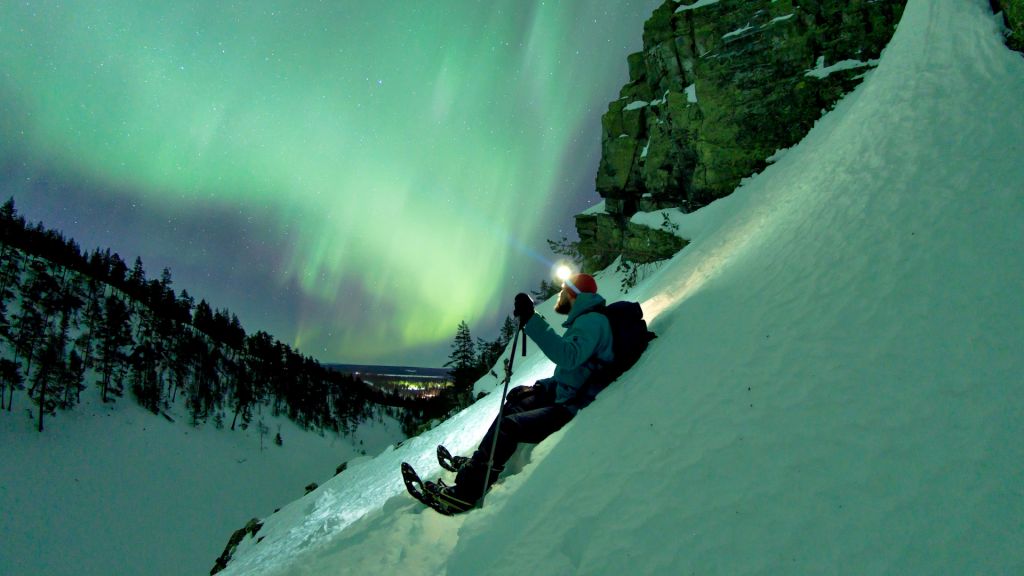
RESPECT THE LOCALS AND THEIR CULTURE
Respect the privacy of the local residents’ homes. Private yard areas are only for the use of the residents. In Lapland, yards can be vast, unfenced and in a natural state. Please do not set up camp too close to anyone’s home or start an open fire on private land. Visitors should also have respect for private events that are part of the local culture: please do not disturb or film events such as weddings or funerals.
Request a permission from the locals if you wish to film or photograph persons or private property. Photographing children is only allowed with the permission of the parents.
Visiting the invaluable, historical destinations of Lapland is an unforgettable experience. In order to preserve our cultural history, please make sure that your visit is respectful and leaves no traces. For example, please do not carve your name on structures or memorials.
Be considerate of your neighbors when you are staying in a private apartment or in a local village outside the tourist centers. For example, keep your voice volume moderate and take your trash to the place assigned for them. By doing so, you can maintain peace and harmony and ensure a genuine, positive encounter with the locals.
Be the kind of guest anyone would love to invite for another visit!
TRAVEL SUSTAINABLY, MINIMIZE CONSUMPTION AND SAVE ENERGY
Modern life is usually not eco-friendly. Here are some other considerations for your trip to Lapland that you should remember, take into account or understand.
The air we breathe in Lapland is the cleanest in the world. For this reason, we encourage you to favor local, low-emission means of transportation, such as trains and buses or cycling and walking. When travelling by car, you can reduce your emissions by pre-heating your car in the winter and avoiding idling.
The water we drink in Lapland is perhaps the cleanest and best-tasting tap water in the world, so there is no need for bottled water.
Please avoid purchasing disposable items. For example, instead of disposable hand warmers, you can buy locally made wool mittens and socks. You can also rent equipment from tourist centers, so there is no need to buy everything for yourself.
Nearly everything in Lapland can be recycled. You’ll find trash cans everywhere, but it’s usually not too difficult to find recycling bins either. The usual paper, cardboard, metal and glass are all recycled, but some destinations (such as Rovaniemi) also accept common plastic for recycling. Ask around and you’ll find the proper locations to drop off batteries, electronics, and other hazardous materials for disposal. You’ll pay a deposit when purchasing most drinks in cans or bottles, so remember not to crush or throw them away. You can return your bottles and cans in most markets and supermarkets.
Minimize the amount of food waste. Sort your waste whenever possible.
Save energy by keeping your room temperature moderate, heating the sauna only when necessary, keeping the windows and doors closed and turning off the lights and electronic equipment when they are not needed.
Learn from the locals and keep yourself warm after outdoors activities with the help of wool socks, a hot beverage and a blanket – not with a hot shower!

TAKE CARE OF YOUR OWN SAFETY AND THAT OF OTHERS
Driving in Lapland requires extreme caution. Always be alert behind the wheel, as the roads can be very slippery, and you may encounter reindeer and other animals. Distances are long in Lapland, so be sure to fill up the tank before leaving the densely populated areas. Please make sure you do not endanger your own safety or that of others if you stop, for example, to take pictures of the northern lights during your trip. Only stop at designated rest areas and remember to keep the headlights on in your car if it is dark, so that other road users will notice you.
It is advisable to favor the bigger roads, as they often have lights and a closer proximity to services. Smaller roads may be unplowed or in poor condition, even though Google Maps may take you on these roads.
Ensure your own safety by utilizing the expertise and regional knowledge of a guide who is familiar with the local conditions. For example, it is safest to ride snowmobiles only on guided snowmobile safaris.
If you are travelling by foot, always walk on the sidewalk if possible. Wear a reflector or use a flashlight so that others will see you in the dark.
Exercise particular caution when moving on ice, because the ice in areas with a strong current – and particularly in spring and autumn – is unpredictable, even perilous.
The bite of the winter’s frost is harsh in Lapland, so always remember to dress warm enough. You should also be prepared for sudden changes in the weather.
Always notify someone of your planned route when you travel to more sparsely populated areas. Keep your phone with you and the battery fully charged. Keep your phone in a warm place, close to your body, to increase battery life in cold weather. Download the mobile application 112 Suomi on your mobile phone to get help more quickly in case of an emergency.
It is important to maintain good hand hygiene during flu season. Wash your hands regularly. If you fall ill, avoid shaking hands and stay away from crowded places. When necessary, cough into a handkerchief or your sleeve.
Thank you for reading these instructions on responsible traveling. Follow this guide, and you will be warmly welcomed to Lapland!
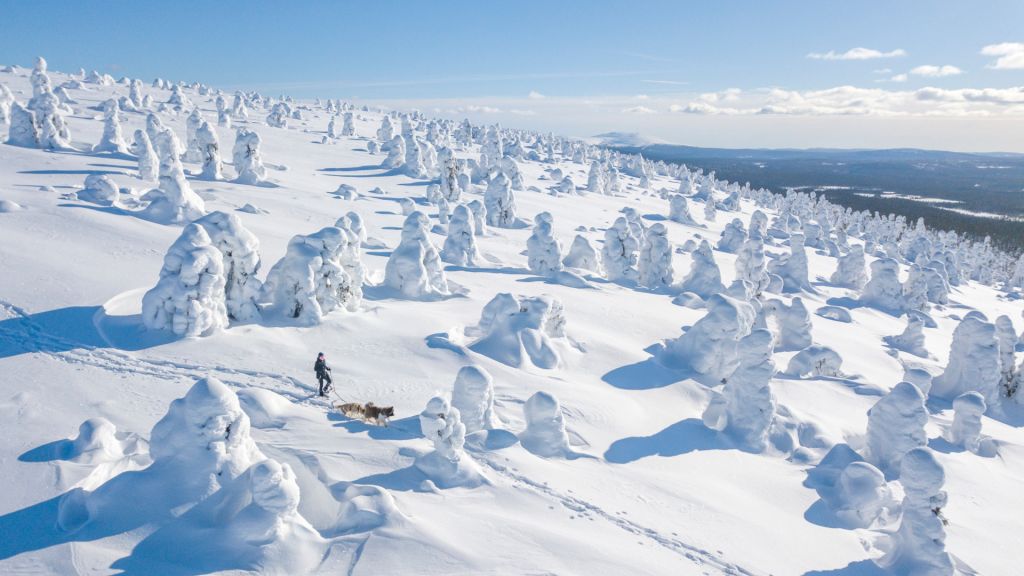
By taking the Sustainable Finland Pledge, you make a promise to respect and treasure the Finnish nature, its inhabitants and culture during your visit. Show and share your commitment to responsible travel and sign the Sustainable Finland Pledge.
Download our Guide for Responsible Tourism in Lapland (pdf).


